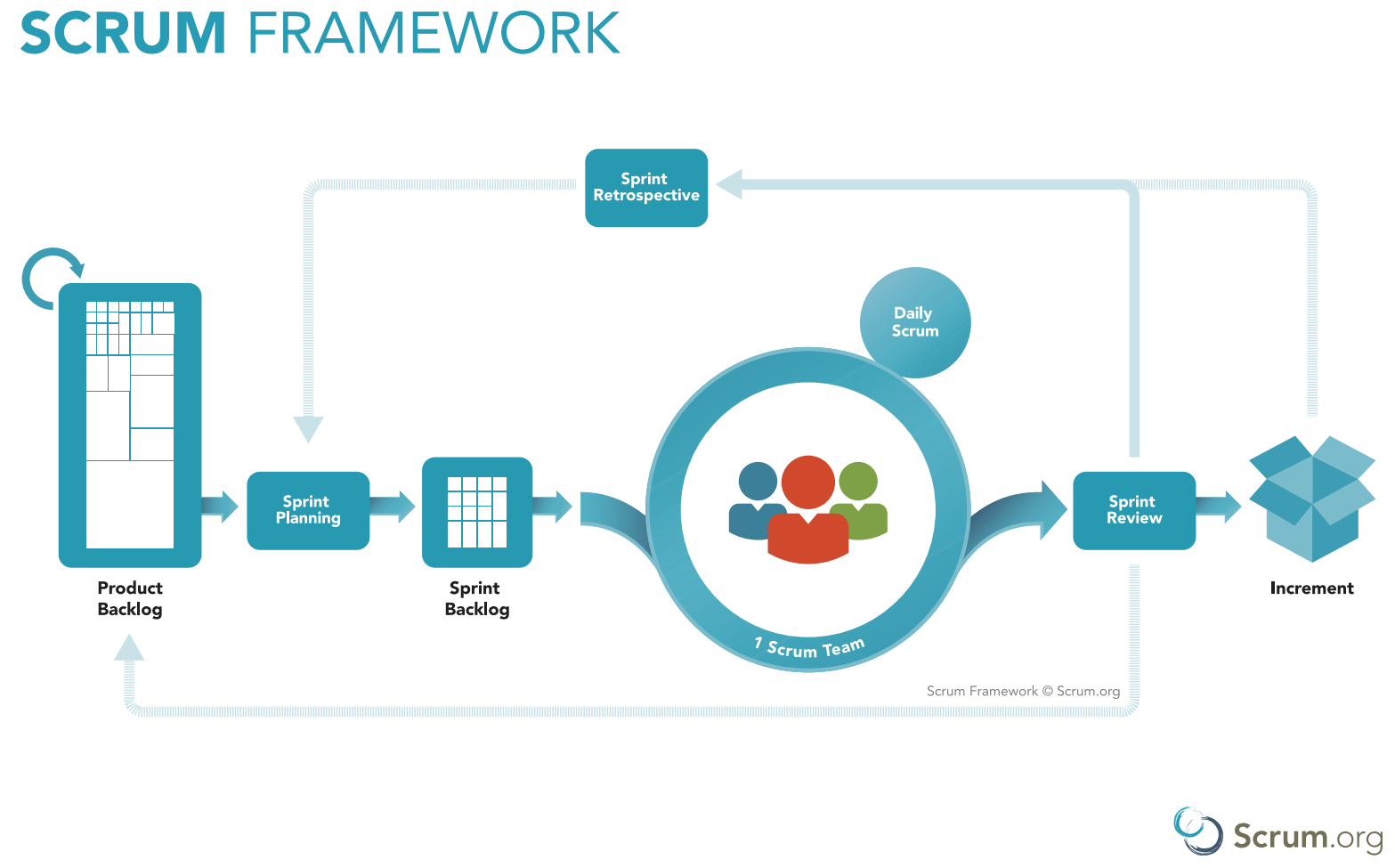How Business Analysis Works in Project Management: Process & Approach
In the modern business environment, data has emerged as a pivotal factor that can determine the line between success and failure for products, established companies, startups, and various business operations. The collection, analysis, and comprehension of the vast volumes of data, which amounted to over 2.5 quintillion bytes per day in 2018, generated during business interactions and daily online activities, are fundamental for the success of any business.
Understanding Business Analysis in Software Development – Part 2
This article is part 2 in a five-part series about business analysis, business analytics tools and techniques.
The key result is to influence through this practice the success of your product and shorten time to market thanks well-analysed product development roadmap.
← What is business analysis
Tools used in business analysis →
Data insights in business systems
According to the 2020 Data Never Sleeps 8.0 study by Domo, Inc., during every single minute of the day:
-
Facebook users share 150,000 messages
-
Instagram profile ads see 138,889 clicks
-
Reddit sees 479,452 people engage with content
-
Consumers spend $1,000,000 online
-
$3,805 is spent on mobile apps.
So how does a company even begin to tackle data sets that large? The answer is: with business analysis. In this second article of our series covering business analysis, we’re taking a closer look at just how business analysis works in project management, and some of the ways that a skilled business analyst (or BA) can bring data insights into business systems and planning processes.
What does a business analyst do?
Business analysts (BAs) operate at the intersection of data science and strategic planning. Their primary responsibilities involve assessing business data to enhance business processes, project development, and strategic decision-making within organizations. They collaborate with stakeholders and project team members to identify objectives, best practices, and methodologies for collecting, analyzing, and harnessing data to enhance all facets of a company’s operations. The role of a BA encompasses many skills typically associated with data analytics or data science. They gather and sift through data, draw conclusions, and employ visual representation and storytelling to communicate findings. BAs also evaluate data acquisition, storage, aggregation, and display technologies, utilizing data science techniques to assess accuracy and effectiveness.
How does business analysis work in project management?
In project development, the role of a business analyst can be divided into six distinct stages. These stages encompass the initial idea, business modeling, product description, technology stack, delivery channel, and key performance indicators (KPIs). While the responsibilities of a BA extend well beyond project management, let’s focus on how a BA contributes value to various stages of development and outline some of the steps involved in each stage.
I. The initial idea
Everything starts with an idea, whether it’s for a groundbreaking app, a startup addressing an unmet service industry need, or an innovative efficiency improvement within your company’s operations. Regardless of the idea, it requires validation. Why is it a good idea? What fundamental objectives will it achieve? What are the technical prerequisites for implementation? Will it align with the company’s core values and those of its customers? Does it address a specific business challenge or a more extensive array of issues? A business analyst (BA) can assist in addressing these questions and validating the idea from various perspectives.
II. Business model
Moving beyond the subjective into more objective, concrete areas of investigation, this stage is crucial for investigating the business side of the application, product, or process. Using business analysis, we can examine:
1. Demand
Consider the needs of the potential customer or user (client). Understanding the client’s needs and the scale at which the solution can or should be applied will help you to build an application custom-fitted to the needs of your target market. Are you focusing on a few specific users or a broad measure of potential clients? Begin by outlining a few key user personas. Who are they? What are their needs? Customer needs can fall under one of three categories under the “jobs to be done” innovation framework: functional, emotional, and social. Functional needs are the practical demands on our lives, things like paying bills, driving to work, or buying groceries. Emotional needs consist of values like “organizing my life” or “helping others.” Finally, social needs surround our desire to communicate and interact with other people and communities.

Source: https://jobs-to-be-done.com/the-jobs-to-be-done-market-discovery-template-7bfd02220417
2. Competition
Understanding your competition is crucial for offering a distinct product or service and distinguishing yourself in the market. Instead of feeling intimated, threatened, or discouraged by your competitors, boost your confidence by gaining a deep understanding of their offerings and actions. This way, you can identify gaps in the value provided by existing offerings, which you can leverage to stand out.
3. Distribution
When considering distribution channels for your application, it’s essential to identify the most suitable ones for reaching your potential clients. If the solution is intended for internal use, determine whether employees will be required to use it or encouraged to adopt it voluntarily. For a broader market, decide whether you plan to distribute globally to a wide audience or focus on B2B sales within a specific industry. Once you’ve selected the best distribution channels, assess their accessibility. This can depend on various factors, such as your experience with the channel (e.g., releasing a mobile app on public platforms), financial resources (affordability of using the channel), and external factors (political circumstances that could lead to the app being banned in certain countries). Evaluate these considerations to make informed decisions about your distribution strategy.
4. Risk
In the business world, venturing into new opportunities or initiating projects always involves a degree of risk, whether it’s financial or otherwise. These risks can be related to the application itself, competition, or client feedback. Recognizing the potential challenges and negative outcomes associated with starting the development of a particular solution and launching it into the market is essential. This understanding will enable you to make critical decisions and determine the appropriate course of action for your business.
III. Product description
At this stage, a more detailed description of the product, the overall goal, user journeys, and features will be created. There are four basic elements to a complete product description:
1. The overall vision for the product
In cooperation with the product owner, the business analyst sets a high-level, yet extremely precise description of the product’s vision. Goals and fulfilled needs should be well understood, but should also be able to be condensed onto one page, paragraph, or even a single sentence.
2. User journey
What would regular usage of the item (application, product, solution, etc.) by the client look like? How would they interact with it? By depicting the entire process, or user journey, of using the product, the business analyst can build a detailed map of every single required component and feature. They can also detect issues that might arise from a particular component and recommend fixes before a minimum viable product (MVP) or final version is released.
3. Features
After outlining the vision and user journey, the business analyst prepares a list of all the features that a product ought to have. These can be aspirational features that the product owner wishes to include, critical features for the operation of the product, or additional quality-of-life features that will make the solution easier to adapt.
4. Product Backlog
The product backlog is a prioritized list of product features that are necessary to create the MVP, along with creating and distributing the final product. You can think of it as a countdown, working backward down the list, and every checked box is another tick of the clock towards a final, releasable product. To understand the degree of costs to design and build a system, story points are the way to help.
IV. Technology
The business analyst should create a comprehensive presentation detailing the technological innovations employed in the application, down to a granular level. This analysis should encompass an overview of the application framework engineering, both back-end and front-end platforms, and the organization of the process flow among different systems (servers, data centers, terminals, etc.). The chosen tech stack should align with the product requirements, outline the skills required for building and maintaining various components, provide an introduction to the front-end client/customer platform, and address any other relevant technical considerations.
V. Delivery
This is the point to make decisions about how the project should be developed, and by whom. Should an agile framework like Scrum be utilized? Will an outside software development company or freelancer(s) need to be hired? Decide on the roles needed to begin and carry the project through to completion, and who will ideally occupy those roles.

Source: https://www.scrum.org
Consider the budget for the app, the timeline, and the schedule for the work. Who will have ownership of the process? Also, decide on the development, productivity, and/or collaboration platforms that you will use for the project.
VI. KPI’s
Determine the crucial hypotheses and metrics that will serve as benchmarks for measuring the success of the application and validating its product-market fit. Choose the analytics platforms that you prefer to collect and visualize data for analysis. For instance, if you are introducing a new web platform and your primary focus is on building a user base, you may opt to use tools like Google Analytics or Mixpanel to monitor customer acquisition and assess the effectiveness of marketing initiatives in converting new users.
Business analysis is a flexible approach to project development
There is no one-size-fits-all set of rules governing how business analysis processes function. Business analysis is an adaptable approach that must be customized by the analyst to align with the specific requirements of the project they are working on. Stay tuned for the next article in our series on business analysis, titled “Business Analysis Tools, Techniques, and Methodologies,” if you’re eager to delve deeper into this topic and explore further insights.


